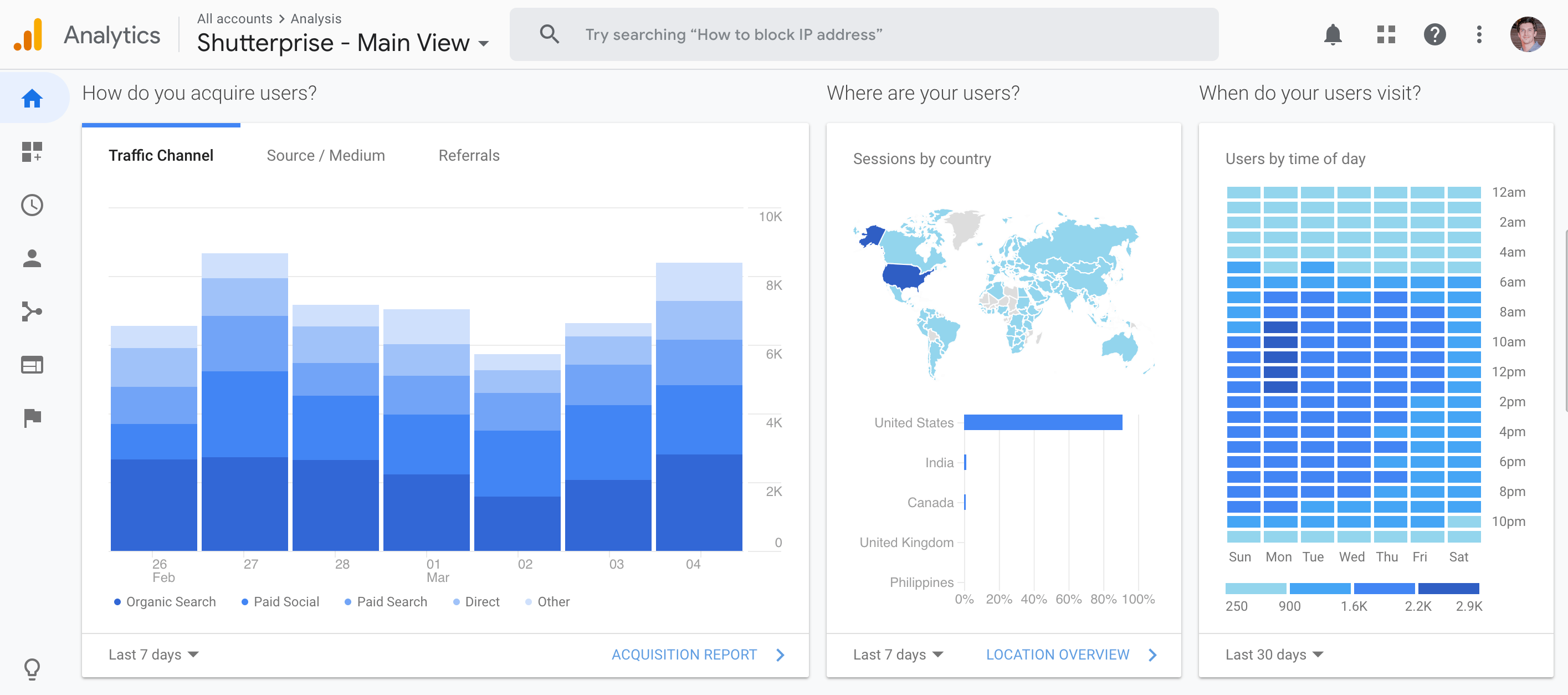Analysis

The goal of the analysis phase is to gather and draw insights from the data and information collected during the research phase. Capturing and making inferences from the "what" users want can help UX designers begin to understand the "why" they want that. Here, designers can then confirm that the most important assumptions being made are actually valid.
This phase often includes:
Experience Maps
An important design tool to understand the product or service interactions from a users’ point of view. It is essentially a visual representation of a user flow.
Hypothetical User Groups
Fictional characters can be created to represent the different user types that use a product in a similar fashion. Tis is especially important when trying to accurately create realistic representations of the key audience segments.
Analytics/Heatmaps/Screen Recordings Review
A variety of useful information can be found within the data that has already been accumulating overtime. Assuming the client has been gathering this information, it's worth taking an in depth look to analyze past analytics and user experiences.